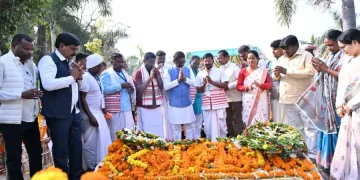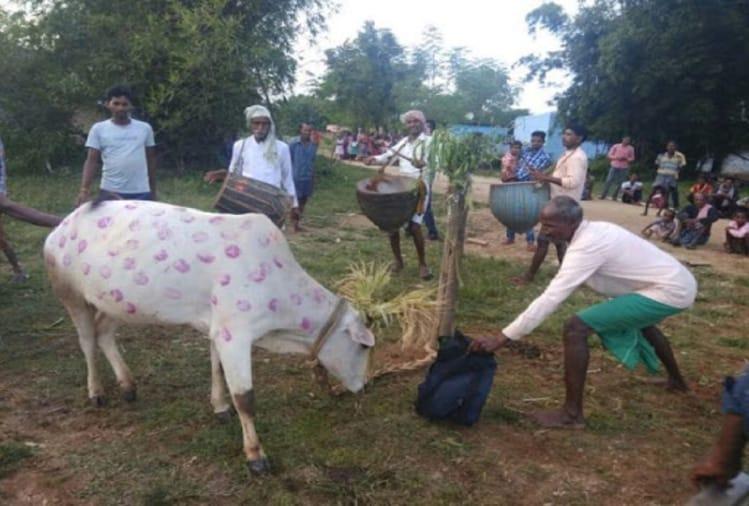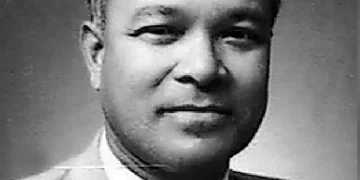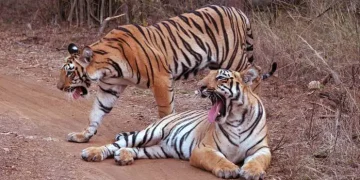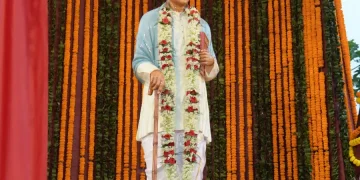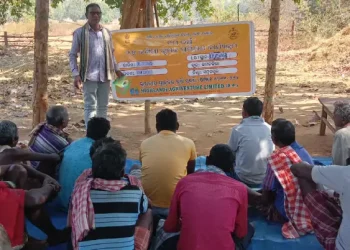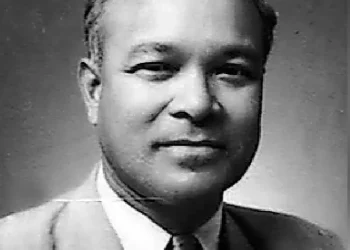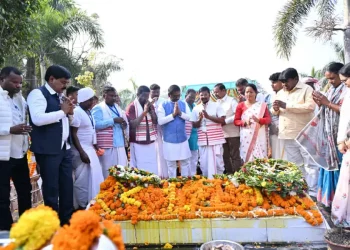Sohrai is a harvest festival, also celebrated as a cattle festival across Bihar, Jharkhand, Chhattisgarh, Odisha and West Bengal.
The Santhal, Oraon, Munda and even some Sadan (non-tribals) pray for the enrichment of their cattle, which are a crucial part of the household and livelihood.
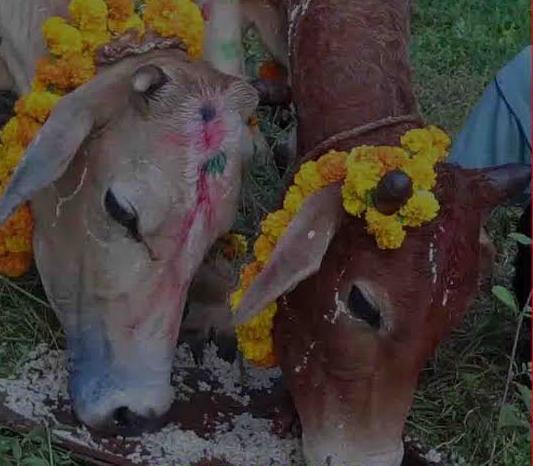
Sohrai coincides with Kali Puja, Govardhan Puja, Dawat or Chitragupta Puja and falls after the Amavasya (no moon) night in the month of Kartik.
Cattle sheds — called Gohar in Nagpuri; Goinshali in Kudukh/ Oraon languages — virtually turn into temples, lit with earthen lamps. Homes are spruced up and cows and oxen washed, ready to worship.
Their horns and hooves are shined with oil and they are bedecked with ornaments. Villagers apply vermillion on their foreheads and garland them, as one would a deity. Cattle get special attention and are fed boiled grain.
Coordinator of the Tribal and Regional Languages Department at Ranchi University, Hari Oraon, narrates how tribals even stop hitting erring cows and buffaloes with sticks, about a month ahead of Sohrai!
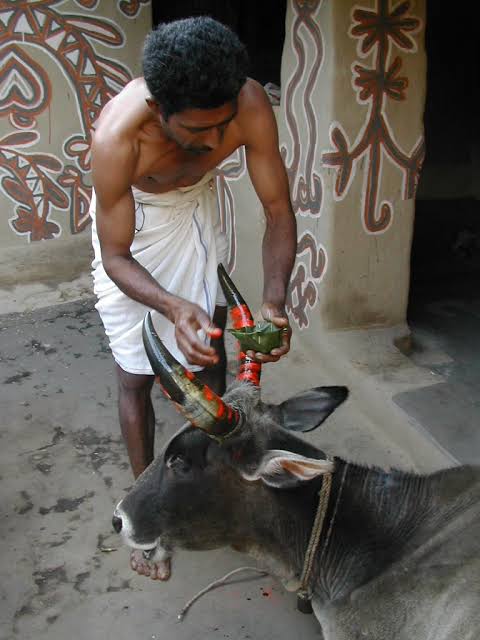
Though most of the puja is done at the homes, the village priest also performs rituals at the Akhara, or common place of worship, where devotees go with their cattle.
Oraon explains, “Sohrai has similarities to Laxmi Puja. The main celebrations that conclude on Amavasya, are usually five to seven days longs, depending on the resources of the organisers. This is the biggest festival of the Santhals, in particular.”
People wear new clothes, and there is dancing and singing to traditional musical instruments. As a symbolic gesture, villagers also go ‘hunting’ in nearby forest areas.
Jinder Singh Munda, who is Assistant Professor at the Hindi Department of Dr Shyama Prasad Mukherjee University, points out how modernity has entered Sohrai celebrations.
“Western outfits have gradually begun replacing the traditional tribal costumes,” he says. “Deejays are preferred to traditional musical instruments. The youths prefer dancing to the tune of popular Bollywood or Nagpuri numbers!”
Nonetheless, Munda emphasises that the “basic essence and traditional ethos of Sohrai remains intact, since ages.”


